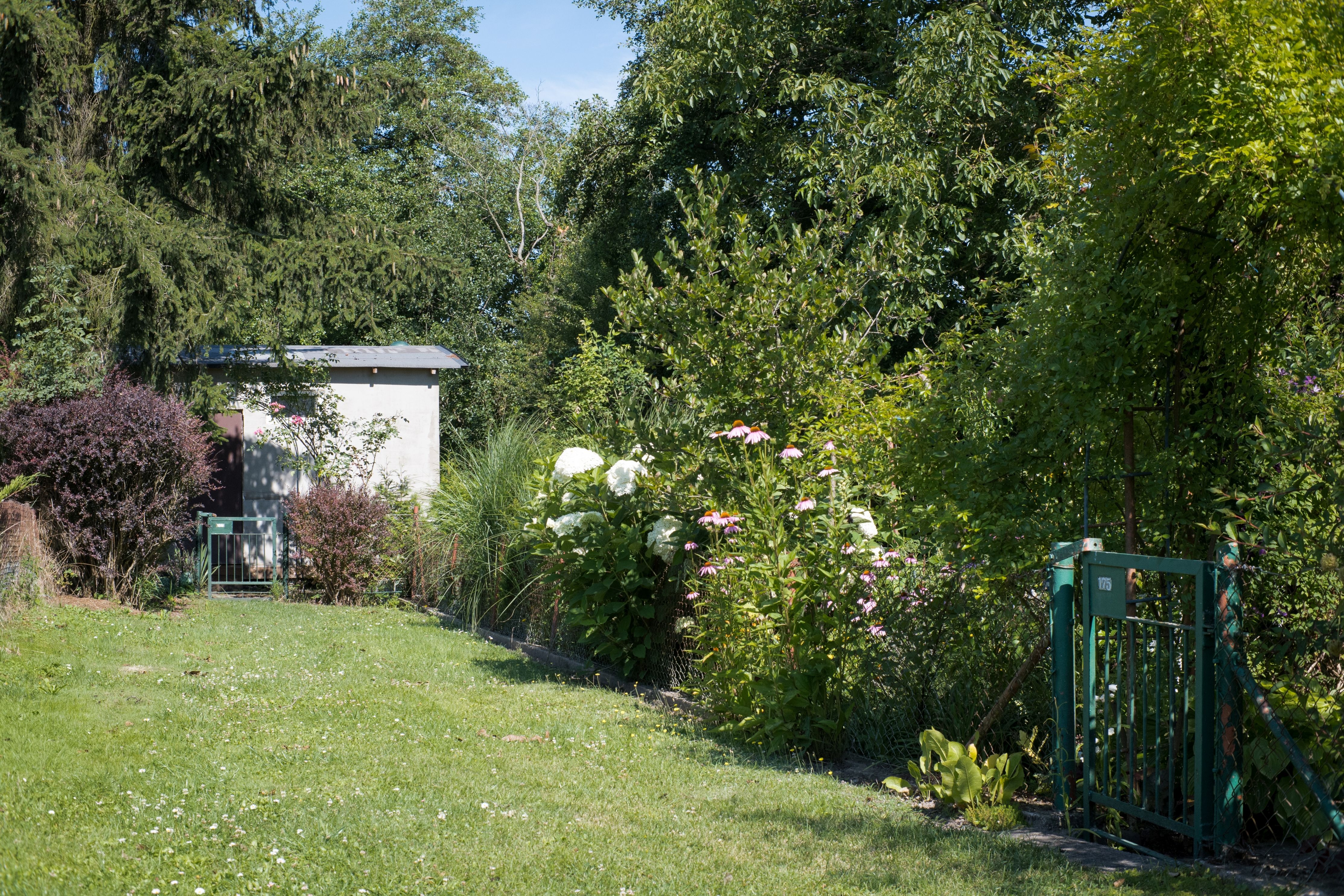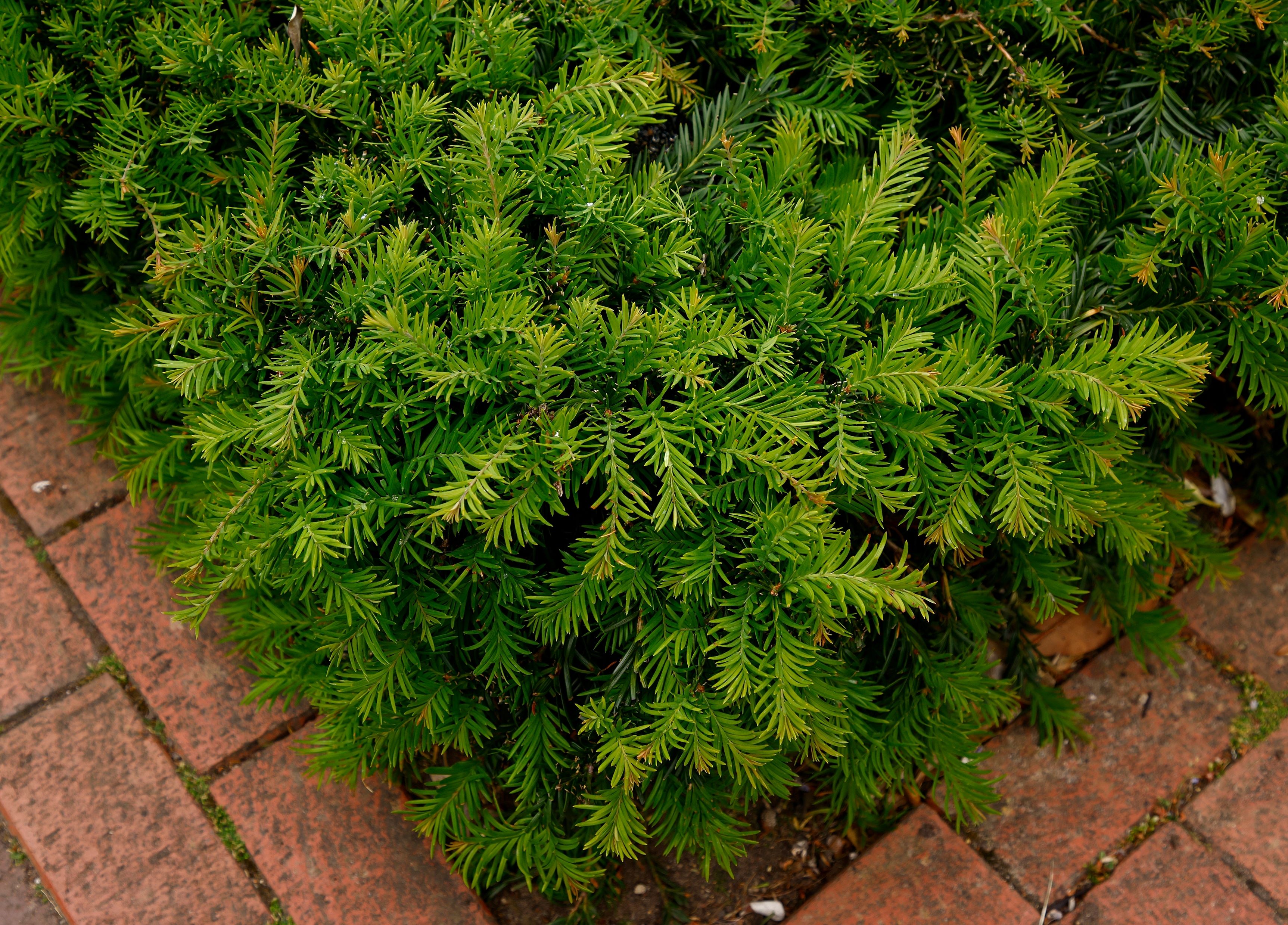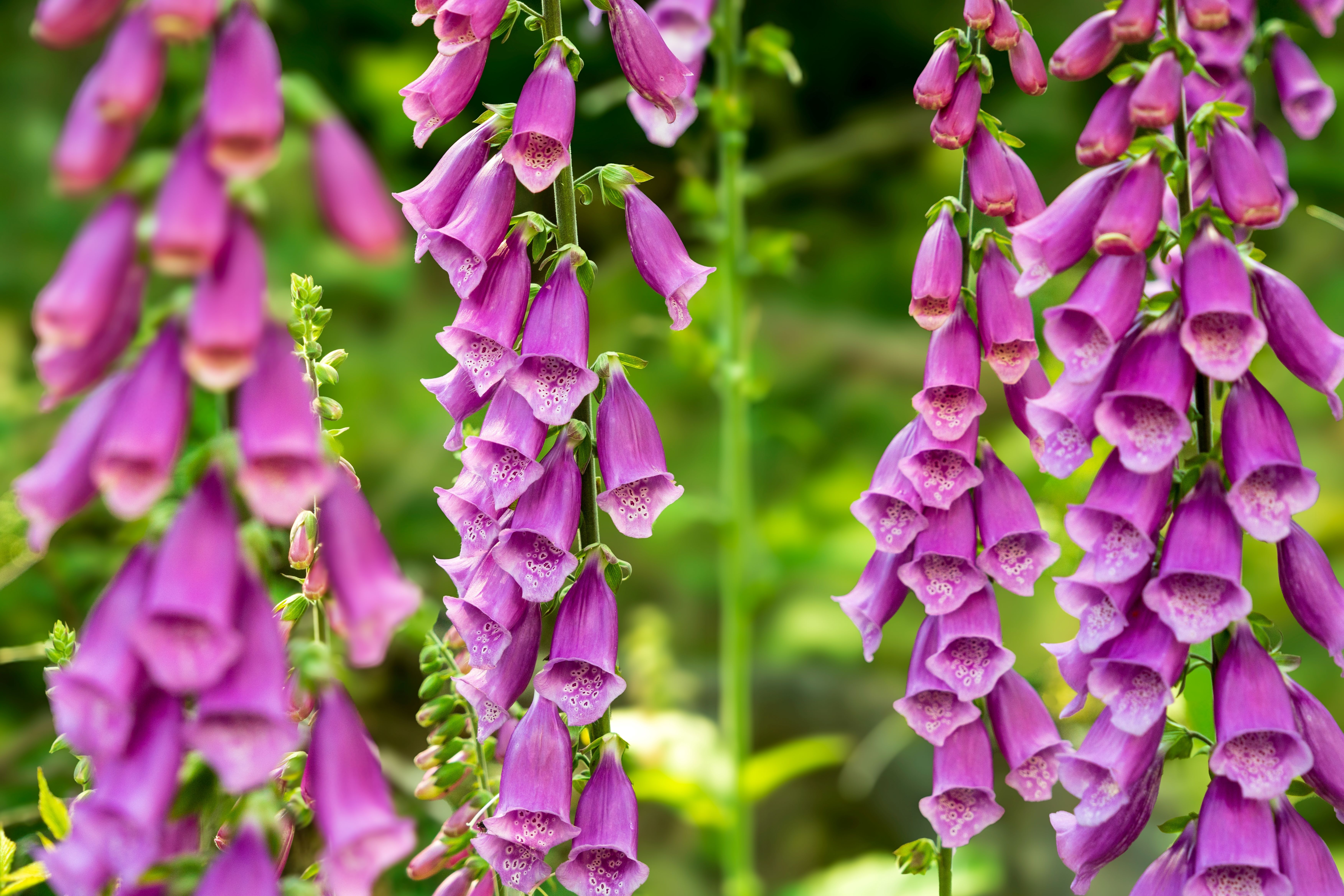Some attack the heart and liver, others cause severe poisoning. Sanitary and Epidemiological Station warns: these are 12 plant poisons.

- Poisonous plants occur not only in forests, but also in gardens, parks and home flowerbeds.
- Symptoms of poisoning include heart rhythm disturbances, neurological problems, liver and respiratory damage.
- They are especially dangerous for children and pets.
Not all plants growing in Polish forests, gardens, and along roadsides are safe. Some contain potent toxins; sometimes, just touching them is enough to cause poisoning. These toxic compounds can penetrate the skin and attack the nervous system, heart, or liver.
The threat isn't always visible to the naked eye. Some plants resemble common garden flowers or wild herbs. These include lily of the valley, yew, aconite, and foxglove. If you have children or pets, it's best to identify them and remove them from your garden.
The District Sanitary and Epidemiological Station in Białogard has published a list of 12 dangerous species. It's worth being aware of them, but avoiding them altogether. Here's the list.

Commonly found along roadsides, it contains potent antispasmodic alkaloids that are highly toxic. All parts of the plant are toxic, even after drying. The seeds act as a narcotic, while the leaves and root stimulate the central nervous system.
2. Strong aconitum (Aconitum napellus)Beautiful and equally dangerous.
One of the most dangerous and fastest-acting poisonous plants in Poland. The root (fresh and dried), fresh flowers, leaves, and seeds are all poisonous. It contains aconitine and other alkaloids, according to the Plant Atlas.
It is absorbed very rapidly through intact skin and from the gastrointestinal tract. It causes cardiac arrhythmias and can lead to respiratory paralysis, and ultimately, especially in larger doses, death.
3. Colchicum autumnaleAlthough it looks like a crocus, it is highly toxic. All its parts are poisonous. It can damage the liver and cause neurological and thermoregulatory disorders. It is found primarily in the damp meadows of southern Poland.
4. Senecio vulgaris (Senecio vulgaris)A common weed, often confused with wild milkweed or dandelion. The root is the most poisonous. Symptoms of poisoning can appear after several days or even weeks. It grows along roadsides and in gardens and areas fertilized with manure. It also favors roadsides and forest edges.
5. Spotted Hemlock (Conium maculatum)A highly poisonous member of the celery family. It emits an unpleasant odor, especially when it withers, that has been compared to mouse urine or carrion. It grows in shrubs and gardens.
6. Daphne mezereumA small, very attractive shrub that blooms in early spring. It has large, strongly scented flowers. Found throughout the country, the entire plant is poisonous, particularly the fruit and bark. It causes severe irritation of the gastrointestinal tract and conjunctiva, as well as central nervous system disorders.
7. Deadly Nightshade (Atropa belladonna)Rare, but sometimes cultivated as an ornamental plant, it grows wild in forests and clearcuts. All parts of the plant are highly poisonous. It can cause hallucinations, disorientation, cardiac arrhythmia, and even death.
8. Common Yew (Taxus baccata)It's an evergreen shrub or tree, often used as a hedge. It grows less frequently in forests, but more frequently in western and northern Poland. Although it may appear inconspicuous, its needles and seeds are deadly poisonous. They cause severe gastrointestinal symptoms and slow the heart and respiratory system.
According to Atlas Roślin, it irritates the mucous membrane of the digestive tract, causes gastrointestinal symptoms, and has a depressing effect on the central nervous system, respiratory system and heart.

Cultivated in gardens, it has also become wild. It is highly dangerous, despite its use in some medicines. Its seeds, leaves, and flowers are lethal. Ingestion causes heart problems and can lead to death.

At first glance, it resembles parsley, hence the name "dog parsley." It is highly poisonous to both humans and animals. Its characteristic, intense odor repels insects. It grows in forests, fields, and gardens.
11. Common Privet (Ligustrum vulgare)Often planted as a hedge, it also grows wild. Its decorative flowers and fruit are poisonous. Consuming it causes vomiting, diarrhea, abdominal pain, and sometimes circulatory problems. The flowers are somewhat similar to the edible common lilac.
12. Lily of the Valley (Convallaria majalis)Although it smells amazing and looks lovely, it's dangerous. Every part of it is poisonous, and an overdose can lead to poisoning. It's also easy to confuse it with wild garlic, which blooms at the same time.
rynekzdrowia





